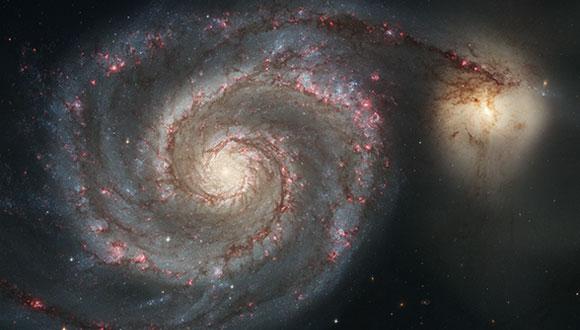Astrophysics Seminar: Are gamma-ray bursts optically brighter at high z?
Prof. David Coward, University of Western Australia
Abstract:
We constrain the dominant optical selection effects biasing the Gamma-Ray Burst (GRB) redshift distribution using Swift triggered redshifts acquired from the optical afterglow. Models for the Malmquist, redshift desert, and dust extinction biases are used to show how the "true" GRB redshift distribution is distorted to its presently observed biased distribution. The statistically optimal model shows that GRB host galaxy dust extinction could account for up to 17% of missing redshifts. The model also requires an increasing mean optical afterglow luminosity with redshift. This could be explained by a decrease in dust obscuration in GRB hosts at high-z. Alternatively, the optimal model can also be obtained without optical afterglow brightness evolution, but requires a source rate evolution four times higher than the star formation rate at z = 10 compared to z = 0.
Seminar Organiser: Prof. Rennan Barkana


